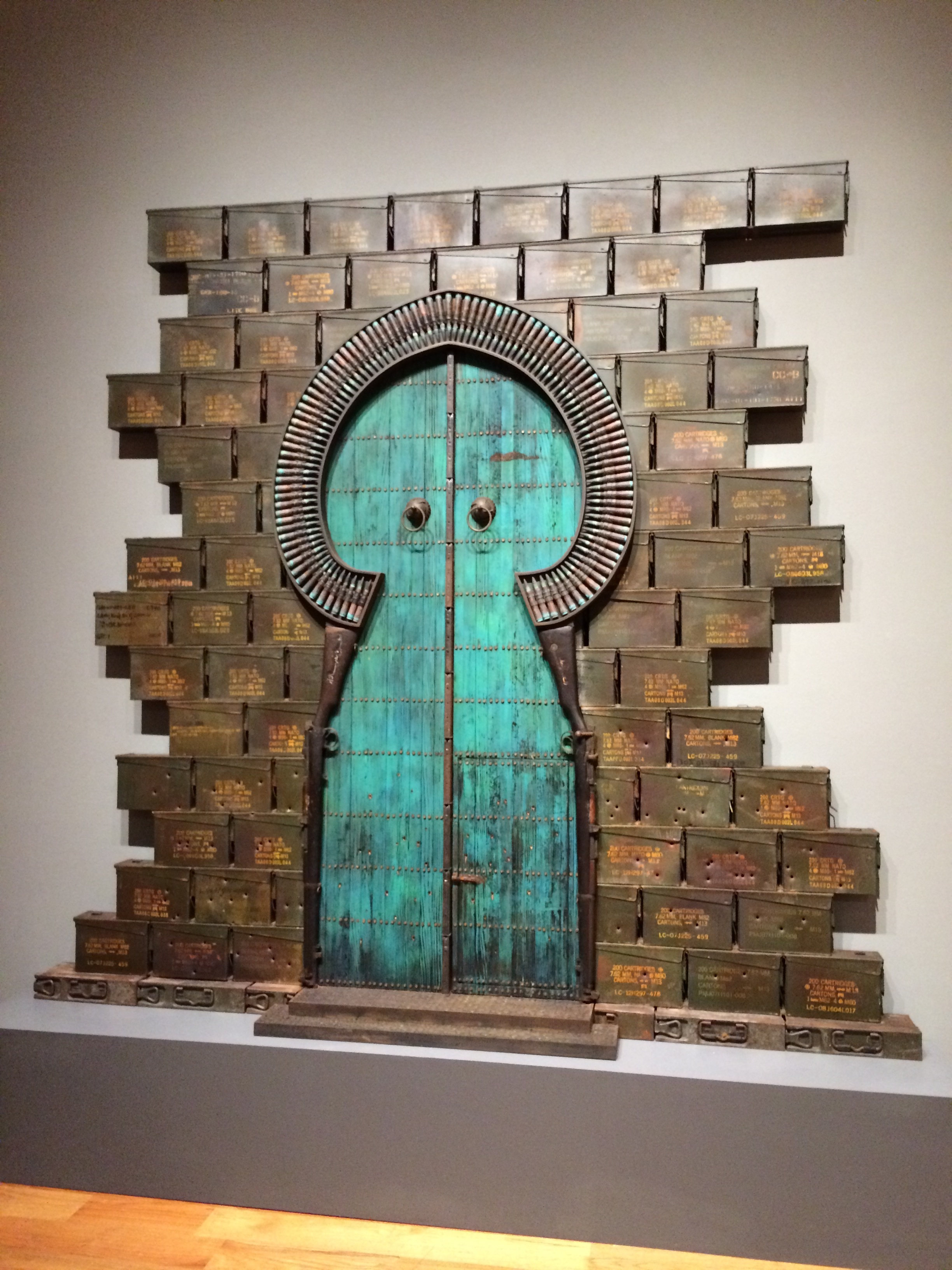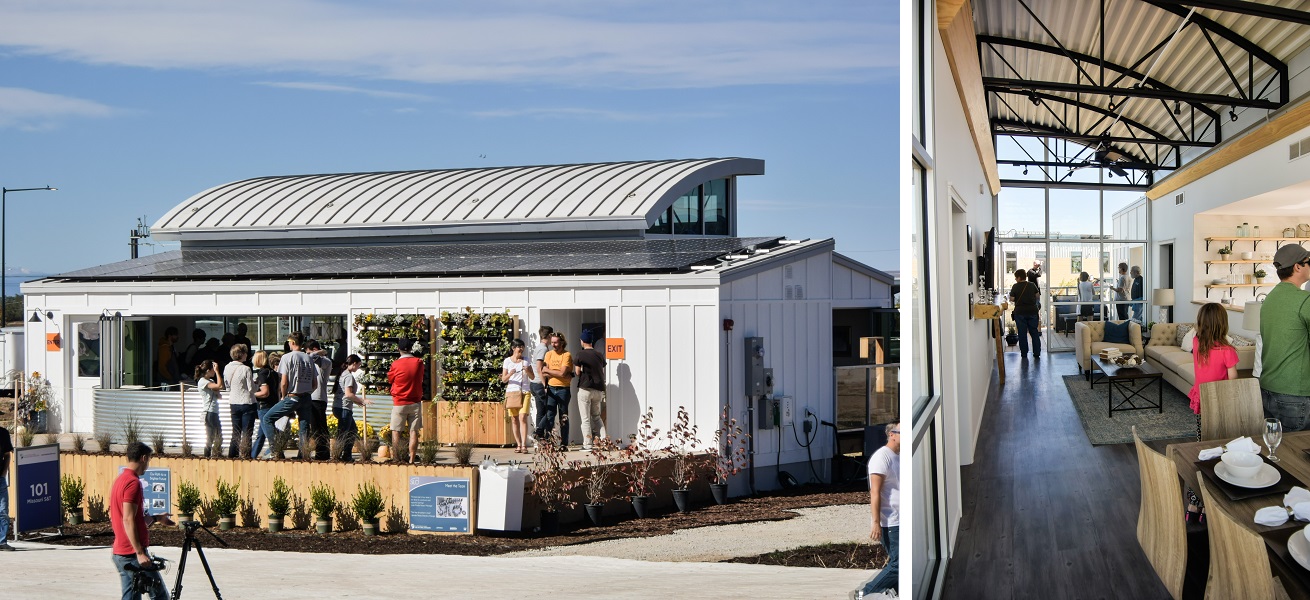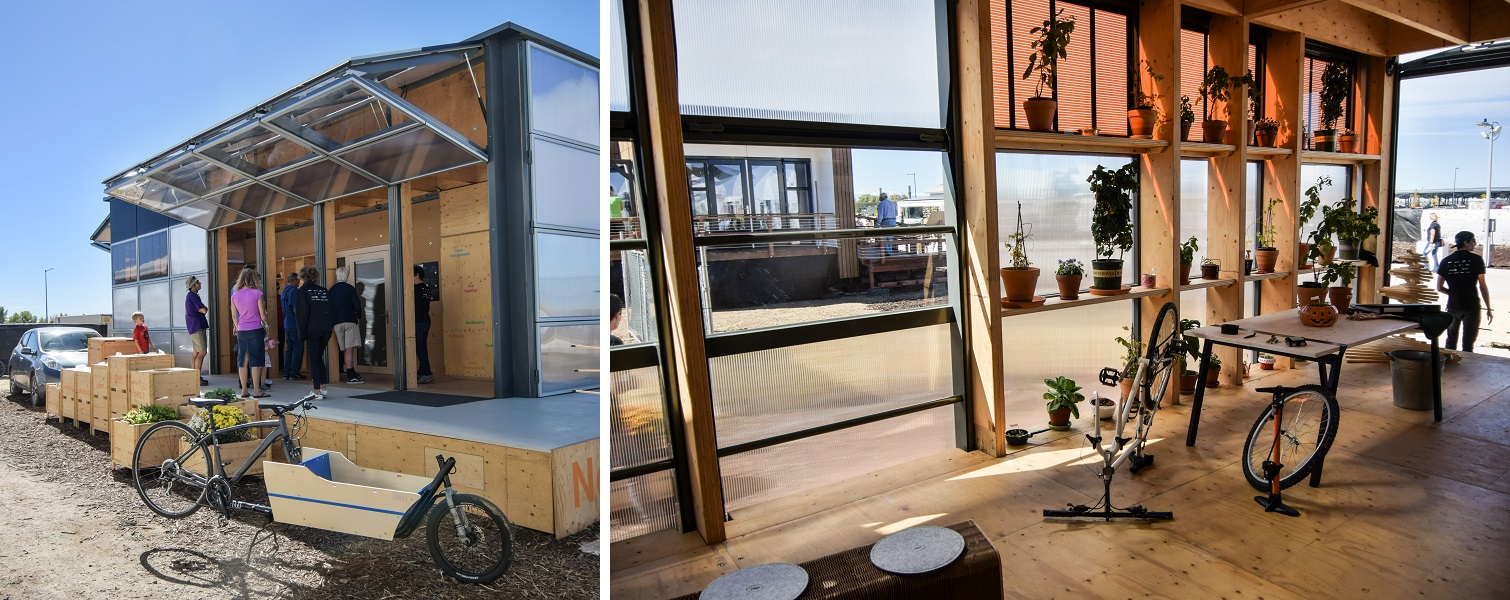Too Expensive: The Solar Decathlon (redux)
/Photo by Jack Dempsey for the U.S. Department of Energy. https://flic.kr/p/ZVf6YJ
When I visited the 2017 Solar Decathlon in suburban Denver last month, I was especially attentive to to issue of costs. It is very expensive for schools to compete in the U.S. Department of Energy's event. The DOE says the estimated cost to date for teams is anywhere from $300,000 to $1.5 million. Previously I discussed the overall cost of the Decathlon and questioned the value of the event.
This year West Virginia University withdrew "because of insurmountable budget challenges" and Washington State University did not finish their house in time to compete. It's getting to be a familiar story. In 2015, as I noted here, Yale University withdrew from the competition just weeks before it occurred, citing problems with fundraising. (I would love any of those students to comment here.)
At the 2017 Decathlon, I heard two students independently use the phrase "unbelievably expensive" to describe their homes. To find out what "unbelievably expensive" means, I dug into the students' competition materials.
2017 Solar Decathlon: Actual Construction Costs
from the Market Potential contest submittals
$638,300
$415,255
$404,000
$351,073
$317,537
$284,000
$248,808
$232,166
$205,949
[Not Reported]
[Not Reported]
[Not Reported]
Notes on the table above:
● These are 1000 ft2 homes (though some --- especially the Swiss --- included extensive enclosed outdoor spaces).
● For the Decathlon, these figures did not include transportation, student & faculty labor, and indirect costs.
● Projected for the "real world," these figures would not include land, real estate fees and taxes, utility hookups, permanent foundations.
● Northwestern, with costs 21% higher than the median, won the Market Potential contest.
Given that the Decathlon is essentially a marketing effort for the PV and electric car industry, again I ask: Why are top universities willing to invest so much in this? Why are students willing to donate their labor to it? Is it a good lesson for any student to build a one-bedroom portable house for $317,000? Is this the highest and best use of all that money?
The 2019 Solar Decathlon will again be staged in Denver.

























